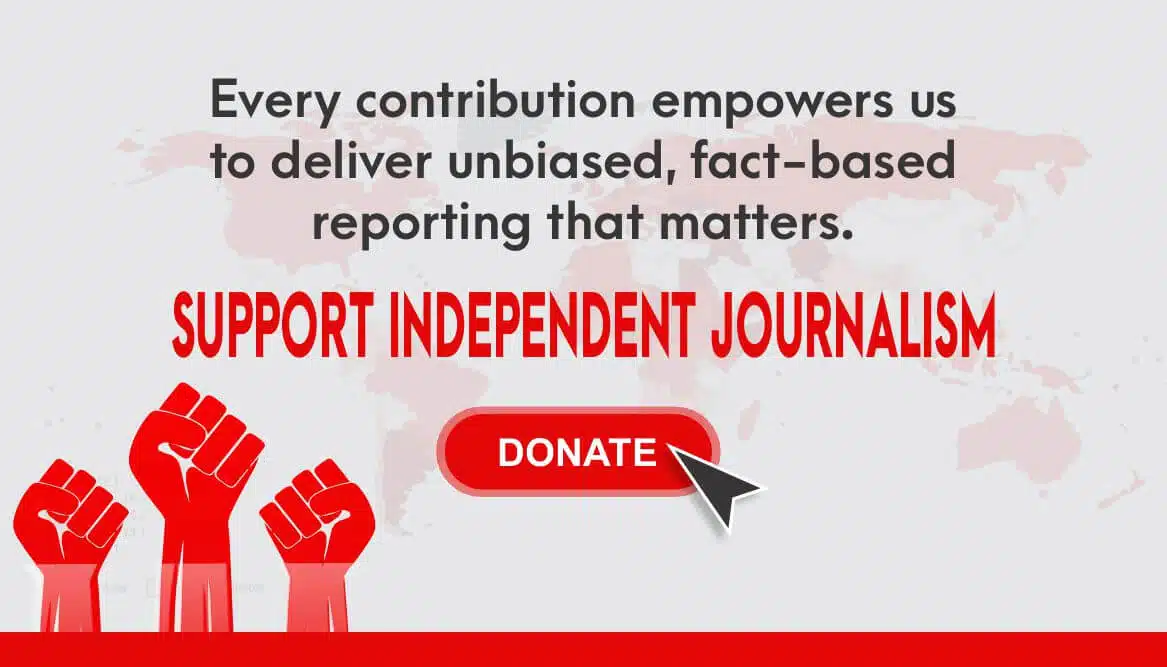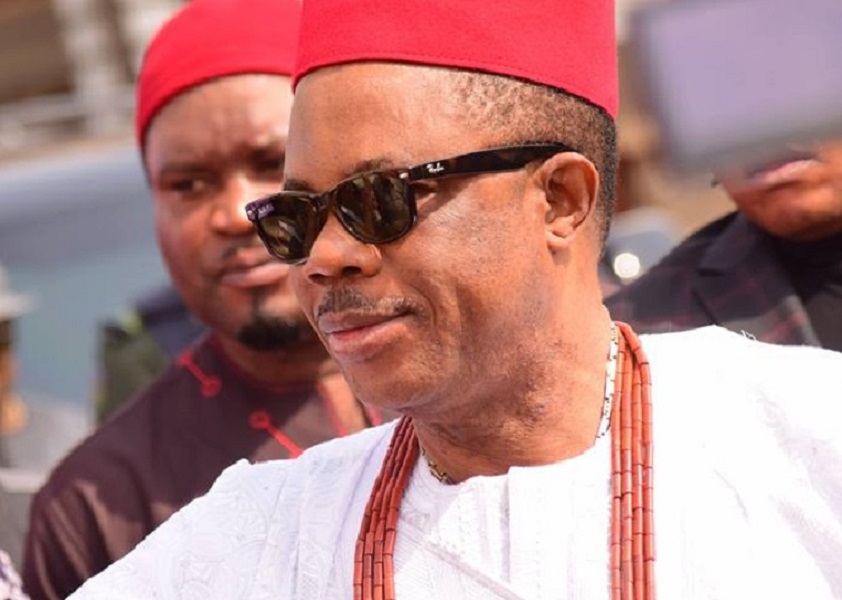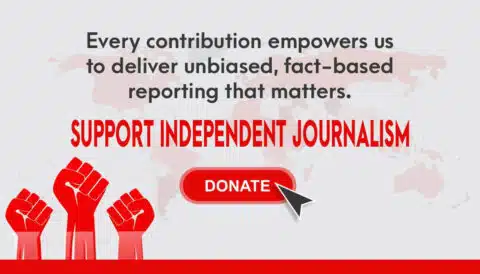In Matthew 25:14-25:30 and Luke 19:12-19:27, our Lord Jesus Christ told his followers the parable of the talents.
I will not bore you with the story. I believe most of you who are Christians are familiar with the story. It’s basically a story of how a master demanded accounts from his servants to whom he bequeathed varied talents to prior to his journey, how the servants put the talents to use, and how he rewarded them.
The parable of the talents remains very relevant to people of this age and time. In that parable, one can deduce five lessons from our Lord Jesus Christ, and they are:
1. Success is a product of USEFUL work;
2. God always gives us all we need to do what he has called us to do;
3. We are not all created equal in abilities;
4. We work for God, not for ourselves;
5. We will be held accountable.
In that parable, the servant that was bequeathed one talent dug a hole and hid it. In order words, he saved where there won’t be returns. When the master asked for an account, he quickly excavated the hole and retrieved the talent, and handed over to the master!
The second servant that was bequeathed two talents, invested it and got two more! The master praised him!
The third servant was handed five talents. He invested it and got five more! And the master praised him to the extent he stripped the first servant of the one talent in his possession and handed it over to the third.
Below sections will analyze the talents (revenues) that accrued to the state under the stewardships of the state’s chief servants starting from 2006. The author would equally analyze how the chief servants utilized the talents handed over to them by their Master within the period of their stewardship.
For the sake of analogy, the Master in this case would be Ndi-Anambra. Ndi-Anambra own the state and they hired the servants through elections, to steer the ship and lead them to prosperity.
It’s imperative to note that the servants have different approaches to managing resources. While one adopted or modified the strategy of the first servant, the other adopted the strategy of the second and third servant.
The servants in this story are Ex Gov. Peter Obi and incumbent Gov. Willie Obiano.
Below tables captured the Federal Allocations available to both Governors from Obi’s first tenure starting April 2006 to July 2017 (the extent to which I could derive information from the National Bureau of Statistics ( National Bureau of Statistics, http://www.nigerianstat.gov.
Table 1: FAAC Disbursements to Anambra State
Period (Yr) Amount (₦ bn)
2006 (Apr – Dec) 24.53
2007 27.92
2008 38.33
2009 32.04
2010 43.78
2011 50.74
2012 54.9
2013 59.16
2014 (Jan – Mar) 12.59
Total (FAAC under Obi) ₦343.99 Billion
2014 (Apr – Dec) 38.18
2015 40.38
2016 32.69
2016 (Jan – Jul) 22.31
Total (FAAC under Obiano) ₦133.56 Billion
Table 1 captured the breakdown of the federal allocations available to Peter Obi. We can deduce that Obi’s stewardship received the sum of ₦343.99bn (an equivalent of $2.313bn at the then prevalent exchange rates). On the other hand, the breakdown of the federal allocations available so far to Obiano’s stewardship is the sum of ₦133.56bn (an equivalent of $577.62m at the prevalent exchange rates).
Table 2 below, is a snapshot of the Internally Generated Revenues from the state under the two gentlemen.
Table 2: Internally Generated Revenues
Period (Yr) Amount YoY Growth
2008 ₦5.9 bn
2009 ₦6.4 bn 8.5%
2010 ₦7.6 bn 18.8%
2011 ₦6.1 bn -19.7%
2012 ₦7.6 bn 24.6%
2013 ₦8.7 bn 14.5%
Total (Obi in 6 yrs) ₦42.3 bn 47% growth in 6 years
2014 ₦10.5 bn 20.7%
2015 ₦14.8 bn 41.0%
2016 ₦15.6 bn 5.4%
Total (Obiano in 6 yrs) ₦40.9 bn 79% growth in 3 years
Table 2 indicates that while Peter Obi received ₦343.99 billion from federation account in 8 years of economic boom, he could only generate ₦42.3 billion internally and growth of 47% over 6 years period.
Willie Obiano on the other hand has only received ₦113.56 billion so far from the federation account but has almost equaled Peter Obi’s efforts of 8 years by generating ₦40.9 billion so far not including the months of January to August 2017. As a matter of fact, Obiano has been able to grow the figure he inherited by a whopping 79% in his stewardship.
The implication of the above facts is that Willie Obiano has proved that his stewardship is modelled after the second and third servants that Jesus Christ described in the parable of the Talents.
To further evaluate the stewardship of both gentlemen, it would be nice going through the core of their governance models.
Below sections discusses Peter Obi’s stewardship model by analyzing his core policy drives, outcomes and scorecard anchored on (1) ANIDS, (2) tangible projects, (3) intangible projects, (4) employments, (5) salaries and pensions, (6) investments, and (7) liabilities.
1. ANIDS
Peter Obi instituted ANIDS without any structure to ensure its sustenance. He successfully dismantled ANIDS by compensating his cronies with ANIDS assets while passing the liabilities to the new administration.
2. Tangible Projects
Peter Obi initiated 800 km of Trunk B & C roads and 25 large and medium scale bridges. Unfortunately, he left the roads and bridges at 46% completion at the end of his tenure, amounting to 368 kilometers actually completed. The Onitsha – Nkpor Flyover even collapsed and was repaired by Willie Obiano. Over 50% of the roads completed have failed due to improper supervision or substandard materials causing Obiano to launch Operation zero potholes on Anambra roads.
3. Intangible Projects
According to Peter Obi’s report, he procured and distributed 1,700 vehicles to important organizations including security agencies, missionary, public and private schools and hospitals. He also claimed to have distributed over ₦20 billion to same organizations covering 22,000 computers and laptops, 1000 distribution transformers and hundreds of industrial generators. He also claimed to have transformed and upgraded the hitherto “glorified secondary school” called “Anambra State University” to befitting “Chukwuemeka Odumegu Ojukwu University”. Since these are intangibles, most of the claimed effects have worn out as some of the assets were fritted away by the beneficiaries just like the case of ANIDS.
4. Employments
Peter Obi did not employ workers in close to 8 years in office. However, he was able employ over 5,000 in 2014, a few weeks to his handover. While some argue that the employment was badly timed and largely compensatory to Obi’s kinsmen, we are grateful he finally employed Ndi-Anambra. Peter Obi obviously believes Willie Obiano will figure out how to manage the huge wage bill.
5. Salaries and Pensions
Peter Obi claimed to have spent ₦35 billion on payment and liquidation of pension and gratuity arrears owed State and LGA serving and retired workers that accumulated since 1995. Throughout Obi’s tenure, workers’ salaries were paid in arrears. His tenure also witnessed a lot of strikes by workers. Workers and retirees of Anambra Broadcasting Services, Water Corporation and other parastatals were owed salaries and pensions. Those that retired were not paid their gratuities. Judiciary workers, NULGE and SBEB workers were on strike for more than 6 months demanding pay increase.
6. Investments and Cash Savings
Peter Obi claimed he left ₦75 billion in cash and investments out of which he invested in local companies to the tune of ₦27 billion. He listed investments in SABMiller, Independent Power Project, Orient Petroleum, Hotels in Agulu, Awka and Onitsha as contributing to that sum. However, the current administration has described that claim as misleading giving the inclusion of items such as counterpart funds that are jointly held with development finance institutions, land contributions, FGN refunds, differences in bank balances and investments made directly by the Federal Government on behalf of the three tiers of government totaling approximately N39.5bn as part of the so called liquid savings left by the Obi administration. They emphasized that the items making up the so called ₦75 billion have been reclassified as “illiquid Investments”, “Not Investments”, “FGN Receivable”, and “Involuntary Investments”. The current administration clarified that Peter Obi left only ₦9 billion in liquid cash, and ₦26.5 billion in Eurobonds otherwise known as near cash, being that they could be converted to real cash within 24 hours.
7. Liabilities
Peter Obi claimed he did not leave any debt for the current administration. However, this claim has been disputed by the current administration as the clearly pointed out to liabilities to the sum of ₦185.5 billion in unpaid contract sums.
Part 2 of this article will analyze Chief Willie Obiano’s stewardship model.







